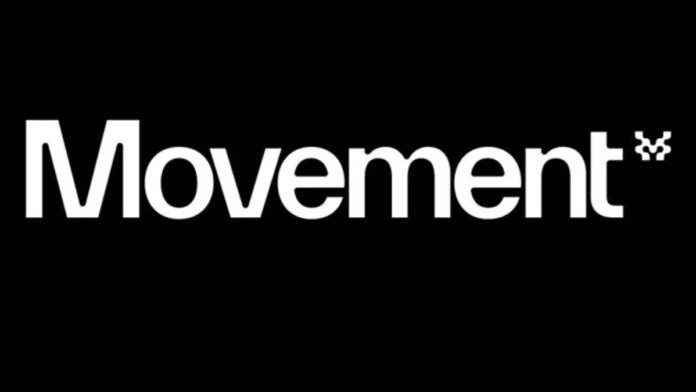Move Industries today revealed that Movement Network will transition from a sidechain architecture into a sovereign Layer-1 blockchain. The change promises much more than mere branding: higher throughput, native staking for MOVE token holders, support for new Move 2.0 language features, and infrastructure better suited to onboard a million new users.
Why This Matters Now
Blockchain projects often promise performance, scalability, and decentralization, but the trade-offs are real. Movement’s move to L1 directly addresses two major bottlenecks many Web3 systems face: transaction throughput and centralization risk, particularly from centralized sequencers or other single points of failure. In an environment where rivals like Aptos, Sui, Solana, etc. are pushing high TPS and fast finality, Movement’s upgrade signals an attempt to stay relevant and competitive.
Also, with growing interest in token staking, real-world asset tokenization, and mobile-first use cases, infrastructure capable of maintaining security while scaling fast will be indispensable. Movement’s announcement shows it is trying to build that base.
What Movement is Promising
Some of the key technical and structural changes announced:
- Performance leap: From ~500-600 transactions per second (TPS) under the current sidechain model to over 10,000 TPS with sub-second finality.
- Native staking of MOVE tokens: Only unlocked tokens may be staked. The restriction is meant to ensure fairness and community governance rather than letting locked or institutional holdings dominate consensus.
- Move 2.0 language support, adding features like enum types, function values etc. Builders will get a public testnet soon; the migration to mainnet is slated by end-2025.
- Sovereign Layer-1 status will reduce dependence on intermediaries (e.g. centralized sequencer) and give more control over core functions like security, validator selection, extensibility.
- The transition is meant to be seamless for users: contracts, smart contracts, funds etc. stay intact; no action required from users. Validator slots will be allocated to community members and organizations with demonstrated alignment and commitment, rather than to opportunistic actors.
Putting It Into Broader Context: What Research and Data Suggest
MoveVM & the Move language’s growing maturity
MoveVM has emerged as a serious alternative for smart contract execution. It emphasizes a resource‐oriented model: assets are treated as unique resources, and the system enforces no accidental duplication or loss.
Recent research (e.g. by Stakin) has pointed out that MoveVM-based runtimes, such as in Aptos and Sui, are already demonstrating robust performance, growing TVLs, and increasing protocol fees. For example:
- SuiLend and NAVI Protocol on Sui having substantial activity and fee generation.
- In Aptos, lending/finance protocols are accumulating hundreds of millions in assets locked.
Performance Benchmarks & Comparisons
OAK Research’s February 2025 report on Movement (still operating as a Layer-2 / sidechain model then) noted Ethereum (and its L2s) were still constrained when compared to high TPS chains. For example, while chains like Aptos theoretically advertise 10,000+ TPS, actual usage is often far lower due to network constraints, adoption, etc.
In this sense, Movement’s jump to L1, with a promise of “10,000+ TPS with sub-second finality, eliminating central sequencer risk,” aims to match or exceed what other MoveVM-based chains have achieved, and to differentiate from many rollups which still suffer from high latency or centralization issues.
However, some analysts note that language adoption remains a hurdle. Solidity remains the dominant smart contract language, and developers are more familiar with the EVM tooling. Movement has already tried to address this via the “Move Executor” in its earlier architecture to allow Solidity‐written contracts to run under MoveVM.
Also, dependence on external infrastructure (for example, data availability layers or off-chain storage) could introduce new risks, especially under high performance demands or during network stress periods. Movement’s prior whitepaper and documentation also highlight potential trade-offs.
Aptos and Sui both use MoveVM and have shown that performance alone isn’t enough; developer ecosystem, tooling, safety, and governance also matter. Sui’s growing DeFi ecosystem (e.g. SuiLend, NAVI Protocol) shows that good tooling and safety guarantees drive usage.
Rollups on Ethereum, like Optimism or Arbitrum, illustrate the advantages of layering scalable solutions, but also show the limitations (latency, cost, centralization) when sequencers are centralized or when finality is delayed. Movement seems to be targeting precisely those pain points.
Read Also: Archax Ushers in On-Chain ‘Fund of Funds’ Era
Disclaimer: This article is for informational purposes only and does not constitute investment advice.




